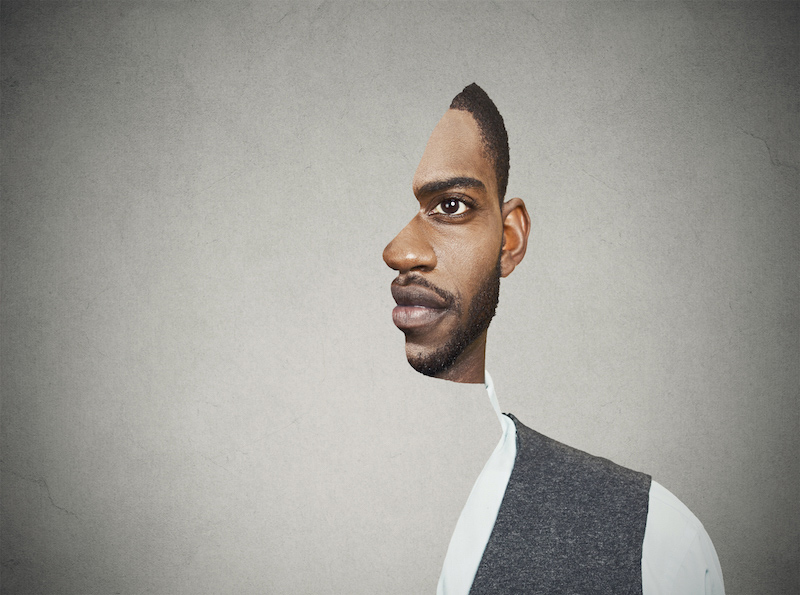
Age-related hearing loss, which worries most adults sooner or later, tends to become lateral, in other words, it affects both ears to a extent. Because of this, the public sees hearing loss as a binary — either someone has typical hearing in both ears or decreased hearing on each side, but that ignores one kind of hearing loss completely.
A 1998 research thought that around 400,000 kids had a unilateral hearing loss due to trauma or disease at the time. It’s safe to say this amount has increased in that past two decades.
What is Single-Sided Hearing Loss and What Makes It?
As its name implies, single-sided hearing loss suggests a reduction in hearing only in one ear.In intense instances, profound deafness is possible.
Reasons for premature hearing loss differ. It may be caused by trauma, for example, someone standing next to a gun fire on the left might end up with profound or moderate hearing loss in that ear. A disease may lead to this problem, as well, such as:
- Acoustic neuroma
- Measles
- Microtia
- Meningitis
- Waardenburg syndrome
- Mumps
- Mastoiditis
No matter the origin, a person with unilateral hearing must adapt to a different way of processing audio.
Direction of the Audio
The brain utilizes the ears almost just like a compass. It identifies the direction of noise based on which ear registers it initially and in the maximum volume. When a person talks to you while positioned on the left, the brain sends a message to turn in that way.
With the single-sided hearing loss, the sound will only come in one ear no matter what direction it comes from. If you have hearing in the left ear, your mind will turn to search for the sound even if the person talking is on the right.
Pause for a second and consider what that would be similar to. The sound would enter 1 side regardless of where what direction it comes from. How would you know where an individual talking to you is standing? Even if the hearing loss is not deep, sound management is catchy.
Focusing on Audio
The brain also employs the ears to filter out background noise. It tells one ear, the one closest to the sound you want to focus on, to listen to a voice. The other ear handles the background noises. This is precisely why at a noisy restaurant, you may still concentrate on the dialogue at the dining table.
When you don’t have that tool, the brain becomes confused. It’s not able to filter out background sounds like a fan blowing, so that is everything you hear.
The mind has a lot going on at any given time but having use of two ears enables it to multitask. That’s why you’re able to sit and read your social media sites whilst watching TV or having a conversation. With only one working ear, the mind loses the ability to do something when listening. It has to prioritize between what you see and what you hear, so you usually lose out on the conversation around you while you browse your newsfeed.
The Head Shadow Impact
The head shadow effect clarifies how certain sounds are inaccessible to an individual having a unilateral hearing loss. Low tones have extended frequencies so that they bend enough to wrap round the head and reach the ear. High pitches have shorter wavelengths and do not survive the trek.
If you are standing beside a person with a high pitched voice, you may not understand what they say if you don’t turn so the good ear is facing them. On the flip side, you may hear someone with a deep voice just fine regardless of what side they are on because they produce longer sound waves that make it into either ear.
Individuals with just slight hearing loss in only one ear have a tendency to accommodate. They learn quickly to turn their head a certain way to hear a friend speak, for instance. For people who battle with single-sided hearing loss, a hearing aid might be work round that yields their lateral hearing to them.